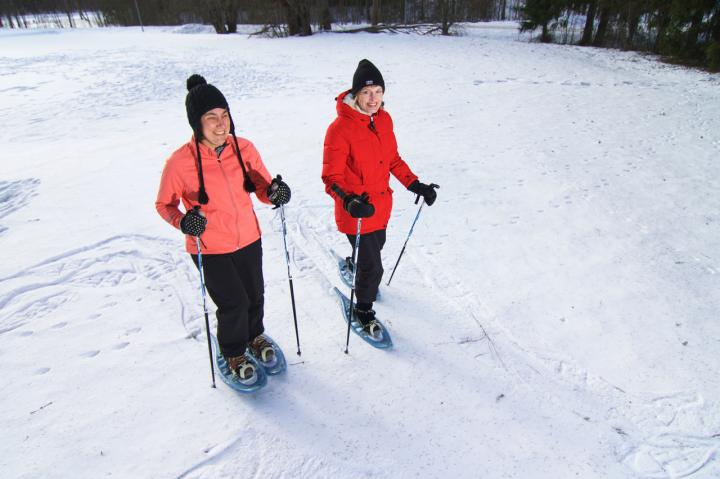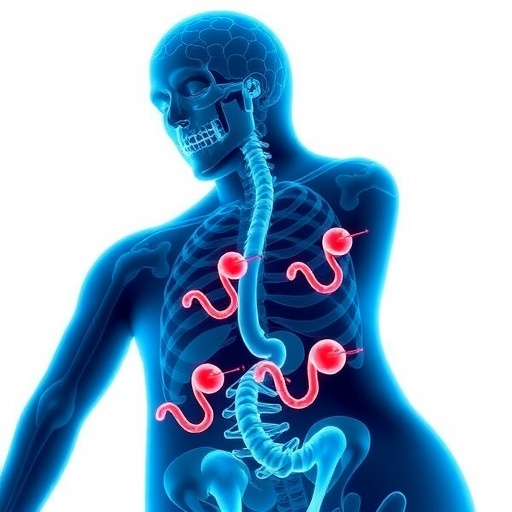The birth of the first child significantly reduces the number of everyday steps in women

Credit: University of Jyväskylä
Life changes influence the amount of physical activity in a person, according to a recent study by the University of Jyväskylä. The birth of children and a change of residence, marital status and place of work all influence the number of steps of men and women in different ways. For women, having children, getting a job and moving from town to the countryside reduce everyday exercise.
A study conducted by the Faculty of Sports & Health Sciences found that the birth of the first child significantly reduces the number of everyday steps in women. As children grow, women’s aerobic steps, in turn, increase. Although the birth of children did not have a statistically significant effect on the number of steps in men, changes were also observed in men.
“With the birth of both the first and second child, the trend of aerobic steps declined in men,” says postdoctoral researcher Kasper Salin. “However, with the birth of the second child, the number of everyday steps began to rise. This can be explained by, for example, a decrease in exercise hobbies.”
Aerobic steps are movements of longer duration, lasting at least 10 minutes, with a step rate of at least 60 steps per minute. Aerobic steps are important for, among other things, heart health. The adult population should have at least 150 minutes of moderate to vigorous exercise per week. Everyday steps describe other active movement on a daily basis.
“Steps can accumulate many times during the day if we just allow,” Salin explains it. “To increase your number of steps, you may not have to exercise separately each day. Instead, attention should be paid to everyday choices and, for example, choose stairs instead of the elevator or walk to the store instead of driving.”
Where we live influences the amount of physical activity
The study also examined the impact of one’s place of residence and of changing it. Moving from the city to the countryside reduced the overall steps and everyday steps of women, but no similar effect was observed for men. For men living permanently in rural areas, both aerobic steps and total steps were at a lower level than those of men living permanently in the city.
The researchers also found that in women, employment reduced aerobic steps.
“Work provides a rhythm for the day and this can influence how, for example, it is possible to participate in various scheduled hobbies,” Salin says. “However, it should be noted that the change in total steps was not statistically significant among the employed, as the change in everyday steps was correspondingly positive for those who were employed.
The importance of physical activity for health is well known, but longer-term observations of how changes in life are related to physical activity have so far relied only on self-reported exercise.
###
The study involved 396 men and 655 women. Steps were measured with a pedometer on weekdays and weekend days. The study was conducted as part of the Cardiovascular Risk in Young Finns Study led by Professor Olli Raitakari (University of Turku). The research has been funded by the Ministry of Education and Culture and the Finnish Cultural Foundation.
Media Contact
Kasper Salin
[email protected]
Original Source
https:/
Related Journal Article
http://dx.




